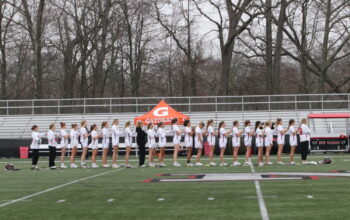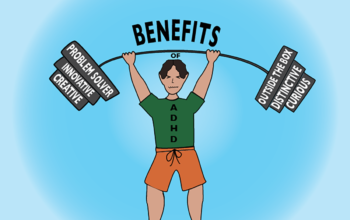
Dan Popper
Editorial Director
Stephen Strasburg, one of the greatest pitching prospects’ in the history of the MLB in the eyes of scouts, managers and owners, heard the words that no young pitcher, or pitcher of any age for that matter, wants to hear. After suffering what was presumed to be a strained ligament in his throwing forearm in a start against Philadelphia on August 22, MRIs showed a significant tear in a ligament in his elbow. On August 27, it was reported that Strasburg is likely to undergo Tommy John surgery, a procedure that would leave him out for 12 to 18 months.
On June 8, Strasburg burst onto the scene in his first ever Major League start, allowing just four hits, two earned runs and striking out 14 batters in seven strong innings against the Pirates. His dominance continued through his next two starts against the Indians and the White Sox striking out a combined 18 batters, while allowing a mere six hits and 2 earned runs total. Following his incredible start to the season, not only was there talk of Rookie of the Year and the All-Star team, but also of a potential Cy Young award. Now all the talk is about if Strasburg will ever return to his triple-digit fastball form.
However, the true question is could this entire catastrophe could have been avoided. Was the injury because Strasburg began pitching too much too quickly? Was it because the Nationals didn’t slowly bring Strasburg into the league instead of simply unleashing him as a starter? Was it something faulty with Strasburg’s motion, a potential issue that many, including Curt Schilling, have attributed the injury too? Or was it simply a freak accident on one pitch?
Unfortunately, we may never know the real cause of Strasburg’s injury. Nonetheless, the context of the injury, in terms of a Grade-A pitching prospect falling with a serious, career-threatening arm injury, will certainly bring fire to the debate on how to handle exceptional prospects. While the Washington D.C media and their fan-base may scold the Nationals organization for rushing Strasburg’s debut, it was the hype surrounding him that most likely led to his premature start. Scouts across the country said that they had never seen stuff like Strasburg’s and you cannot blame the Nationals for taking advantage of that undeniable talent.
With handling pitching prospects, there are two main schools of thought. One is to simply allow the prospect to spend whatever time is necessary in the minor leagues, and once they have matured enough, throw them into the rotation as a full time starter. While many may say this ruins pitchers arms, there is evidence to the contrary. For example, Wade Davis of the Tampa Bay Rays is currently 10-9 with a 4.41 ERA as the team’s fourth starter. This being his first complete year in the MLB, Davis virtually came straight from the minors to the Ray’s rotation. Similarly, in his first complete season with the Phillies in 2009, J.A Happ went 12-4 with a 2.93 ERA. Neither pitcher has suffered any injury due to overuse or a rushed debut thus far.
Yet, in some unfortunate instances, teams take advantage of their prospects arms, as was the case with Mark Prior. After being drafted by the Cubs in 2001, Prior spent 2 years in the minors and made his debut at the start of the 2003 season. After almost leading the Cubs to the World Series, Prior finished with an 18-6 record, a 2.43 ERA and 243 strikeouts. However, in his final six starts of the regular season, Prior threw 131, 129, 109, 124, 131, 133 pitches respectively, overworking his arm and only allowing him to make a mere 57 starts over the next three seasons due to arm and shoulder injuries. After only 4 complete seasons, Prior was forced to leave the MLB. He is currently playing for the Orange County Flyers in an independent league.
The second school of thought is to allow pitchers to mature in the minors, and then slowly introduce them to the MLB by limiting pitch counts and innings. The Yankees used this process with prospect Joba Chamberlain through the implementation of the “Joba Rules”. These rules eventually became a problem because the limitation on innings and availability forced Chamberlain to switch between the bullpen and the starting rotation. At the start of both the 2008 and 2009 seasons, there was debate over whether Chamberlain would start in the bullpen or the rotation. In both years, he started in the bullpen with no restrictions and eventually turned into a starter. However, Chamberlain did state at the beginning of 2009 that the changes from bullpen to starter did change his mental approach and after struggling in the second half of the 2009 season, did come forth with confidence issues. In 2010, he lost a battle with Phil Hughes for the fifth spot on the Yankees rotation.
On one side of the argument you have taking advantage of talent in your organization, but potentially risking physical injury. On the other side, you have conservation, but potentially risking mental injury. In reality, there is no correct answer to the issue simply because too much chance and luck is involved with a pitcher’s health. But then again, they always say it’s better to be lucky than good.



